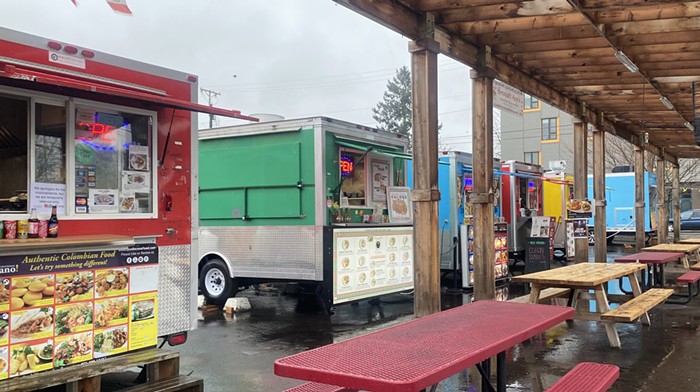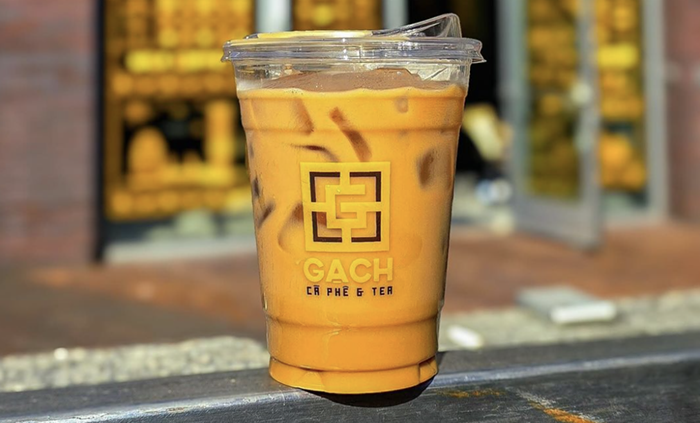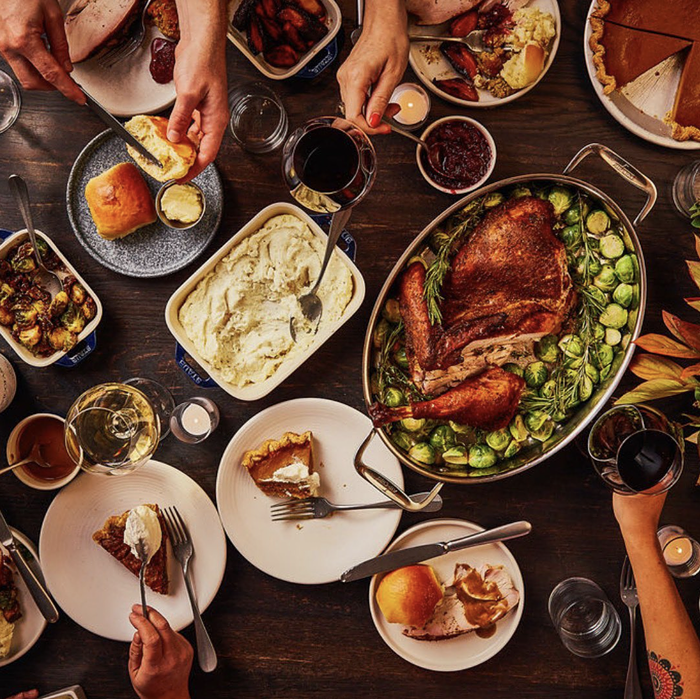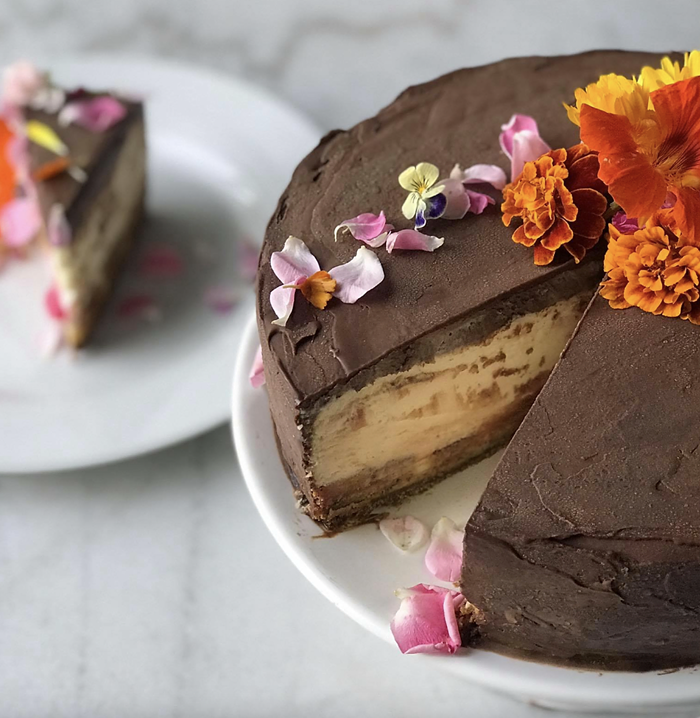
The term “Victory Garden” has always given me a little thrill. Those are two powerfully evocative words. One suggests the joy of overcoming an adversary, a Times Square kiss, ticker-tape parades, arms raised in triumph. The other suggests the verdant promise of sustenance, lush plots thick with tomato vines dotted with heads of lettuce and carrot tops, the gentle buzzing of insects, health and well-being. What’s not to be thrilled by? Oh, the work. I always forget the damn work.
In both World War I and II, the government asked citizens to plant gardens as a way to help the war effort by reducing the strain on an overtaxed food system that was supplying troops overseas. Across the nation, the turf was torn up to make way for beans, tomatoes, corn, squash, and anything else that could be grown in the ground and eaten. Incidentally, the government was also growing a ton of hemp. Not edible, but still incredibly fun.

Recently, the Victory Garden movement has emerged once more, less in response to the two forgotten wars in Iraq and Afghanistan (we supply those Joes with salt-peter laced Cheeze-Its now), and more in response to a dismal economy, and a food system that seems intent to give us all screaming cases of e-coli related illness. The victory in these new gardens being reduced grocery costs after a lay-off, and not missing the next overcrowded job fair because you’ve been hospitalized from ingesting tainted salsa. Not to mention the inherent health improvement in eating a diet of leafy greens, fruits, and veggies. And the exercise. And getting to watch as your spouse, significant other, or neighbor spends hours with their ass in the air. No need to buy that plywood lady-butt lawn ornament!

It seems everyone is getting in on the act. The First Lady recently planted a 1,100 square foot organic garden on the South Lawn of the White House, causing Alice Waters (love her!) to wet herself with unbridled glee. And although Waters was one of the most visible proponents of the garden, much of the credit must go to the White House Organic Farm movement that crossed the country collecting signatures on a petition for the garden. Also, back in February, Secretary of Agriculture Tom Vilsak broke ground for a “People’s Garden” at USDA headquarters. So I’ll expect to receive a cucumber the next time I visit.
But let’s just calm down a moment and reflect on a few obvious issues concerning the new home victory garden:
It’s probably never going to replace going to the grocery store. It takes a good deal of effort. It takes a good deal of patience. Supplies can be cheap, but they will still cost money. That’s true for starts, seeds, soil amendment, etc. You’ll have to learn a thing or two. Slugs will totally be all up in your basil like they own that shit.
That being said, my wife and I will be planting every free patch of dirt we have available this year. It’ll be a slow process but I’m looking forward to it. This is not about connecting to the earth. It’s about supplementing my diet.
If you’re interested in turning your parking strip, backyard or front yard into an edible landscape, check it:
Oregon Tilth has a comprehensive class for those interested in Organic gardening that runs from April 23 to May 14th. Register at Tilth.org.
The OSU Extension Service (why does that make me giggle?) has an on-line guide for first time gardeners called “Growing Your Own,” which can be found here.
Portland Nursery has a large roster of classes that can be found here.
For those without space for gardening, the city of Portland has numerous community gardens. Find them here . It may be difficult to score a plot, but I know that the garden on 21st and Belmont just expanded so there might be a chance at that location.
You can also find gardening space at Portland Yard Sharing.org.
Any more tips or resources you’d like to share? Post them in the comments.


















